Pigeons and gas masks: the other side of the First World War
Categories: History
By Pictolic https://pictolic.com/article/pigeons-and-gas-masks-the-other-side-of-the-first-world-war.htmlOn July 28, 1914, one of the most large — scale armed conflicts in the history of mankind began-the First World War, although it became so called after the beginning of the Second World War. At that time, the war was called Great or Great. The countries involved in the conflict lost more than 10 million soldiers and about 12 million civilians killed, about 55 million people were injured.
In 2014, to mark the centenary of the outbreak of the First World War, the Reuters news agency presented a selection of previously unpublished photographs from a private collection from the war. The pictures offer an unexpected look at the contrasts of the war years, when high-tech artillery was combined with mobile dovecotes, and officers who were having fun in their apartments — with the grim reality of life and death in the trenches.
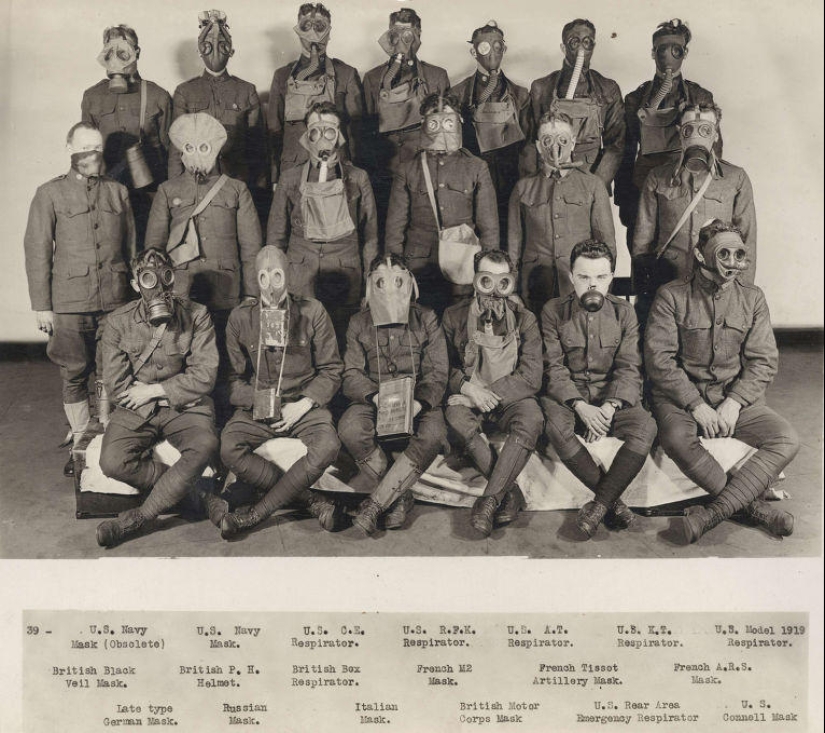
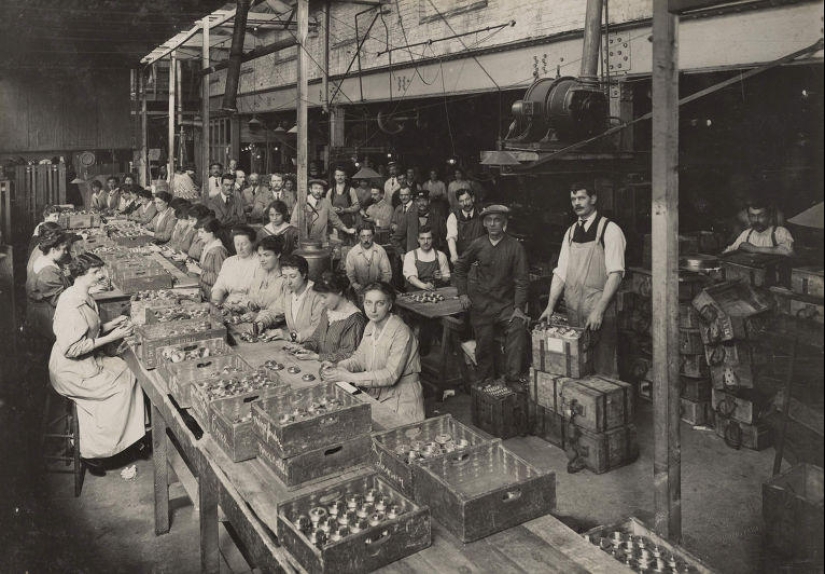
Women work at an ammunition factory, 1916.
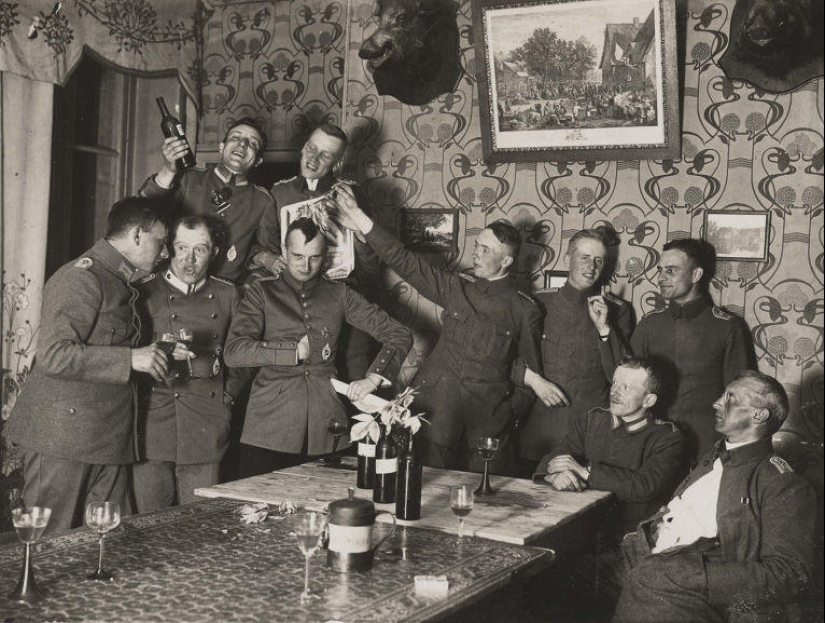
A party of German officers of the 280th flight unit in a house near the Western Front, 1918.
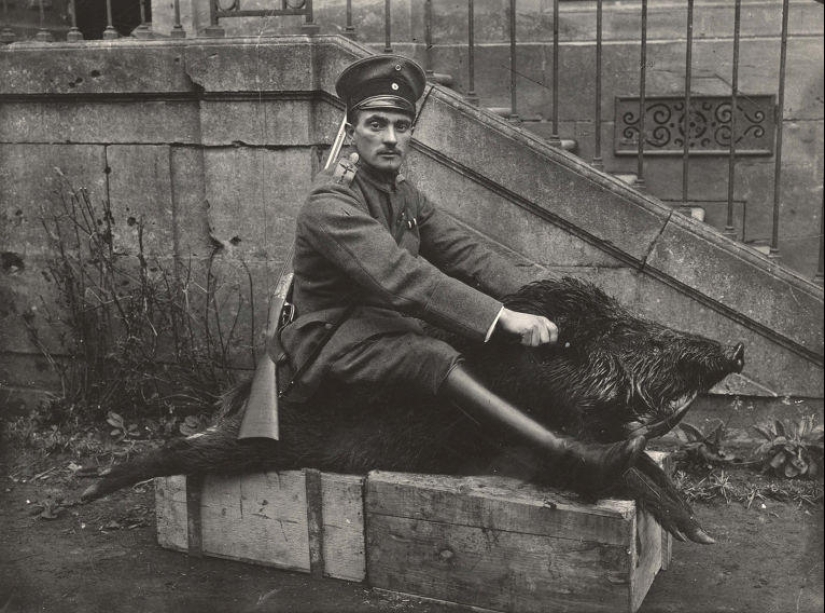
An officer of the German Air Force poses with a stuffed boar near the house where his unit is staying, near the Western Front, 1918.

American soldiers in gas masks used in different countries, at the Laboratory of Chemical and Technological Research in Philadelphia, 1919.
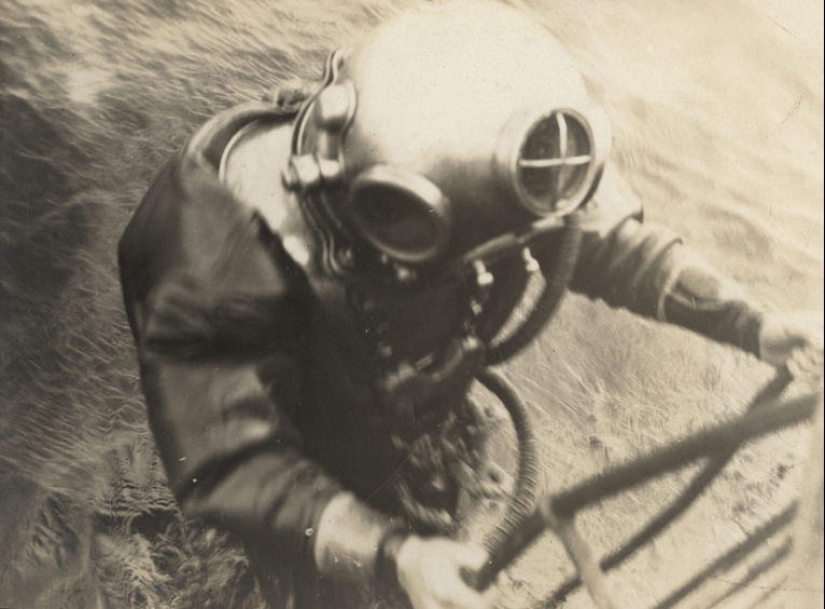
German military diver, 1917.
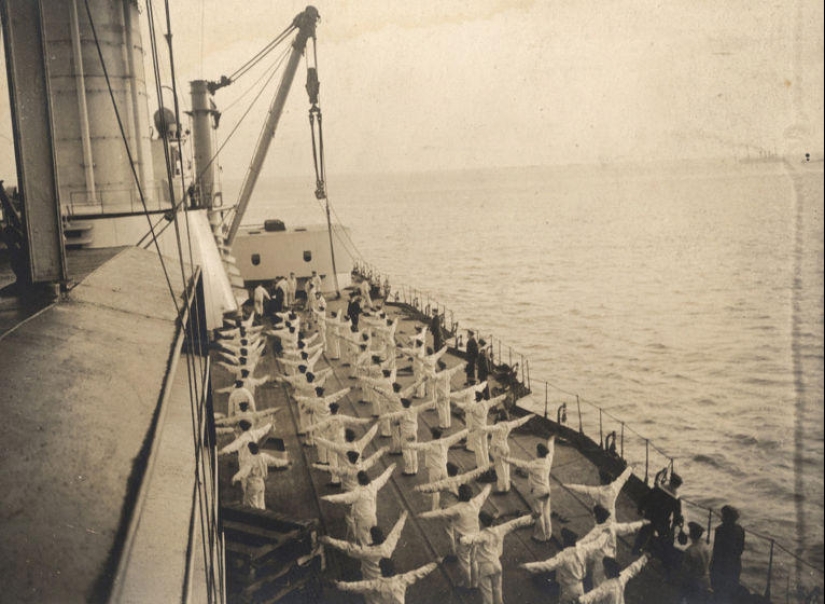
Morning exercise on a German ship, 1917.
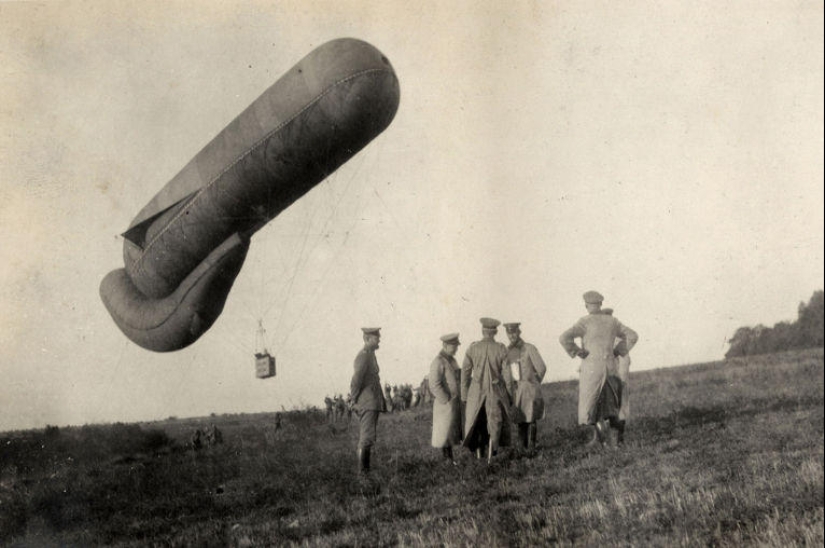
German officers at an observation balloon near the Western Front, 1915.
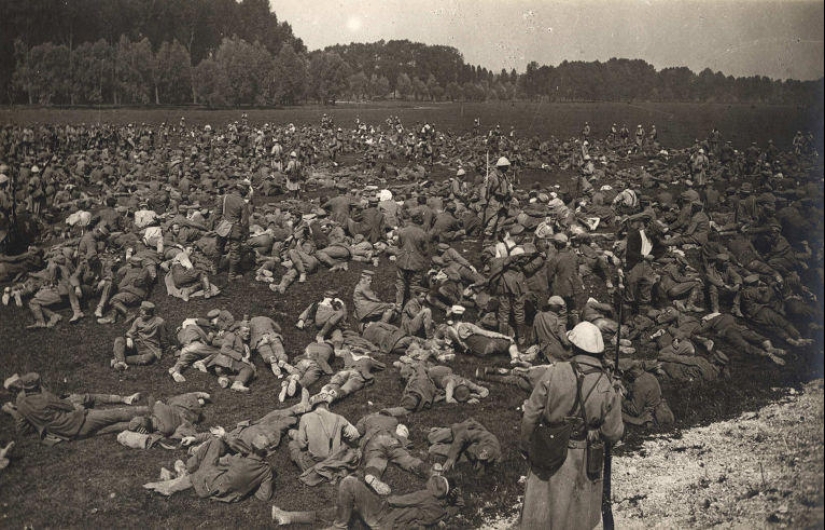
German prisoners of war on the field in Longjo, Western Front, August 1, 1916.
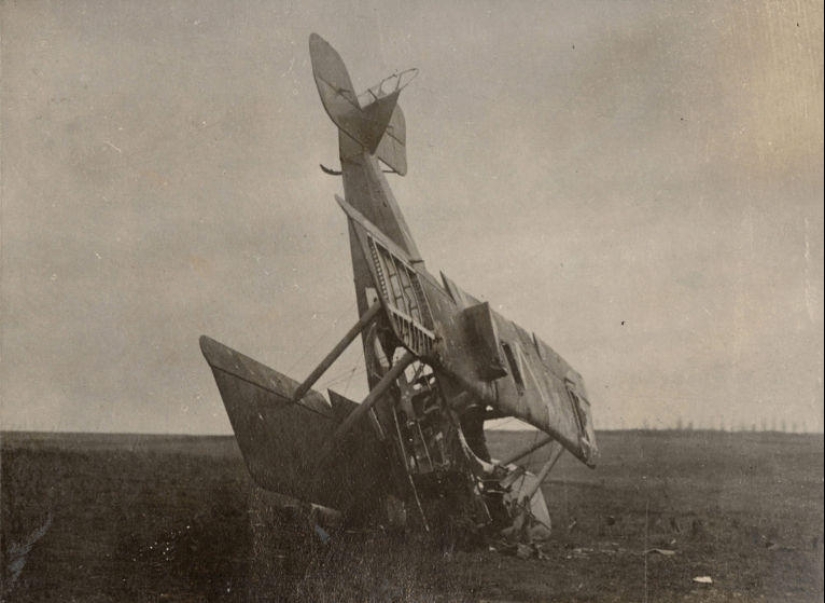
The downed German seaplane, 1916.
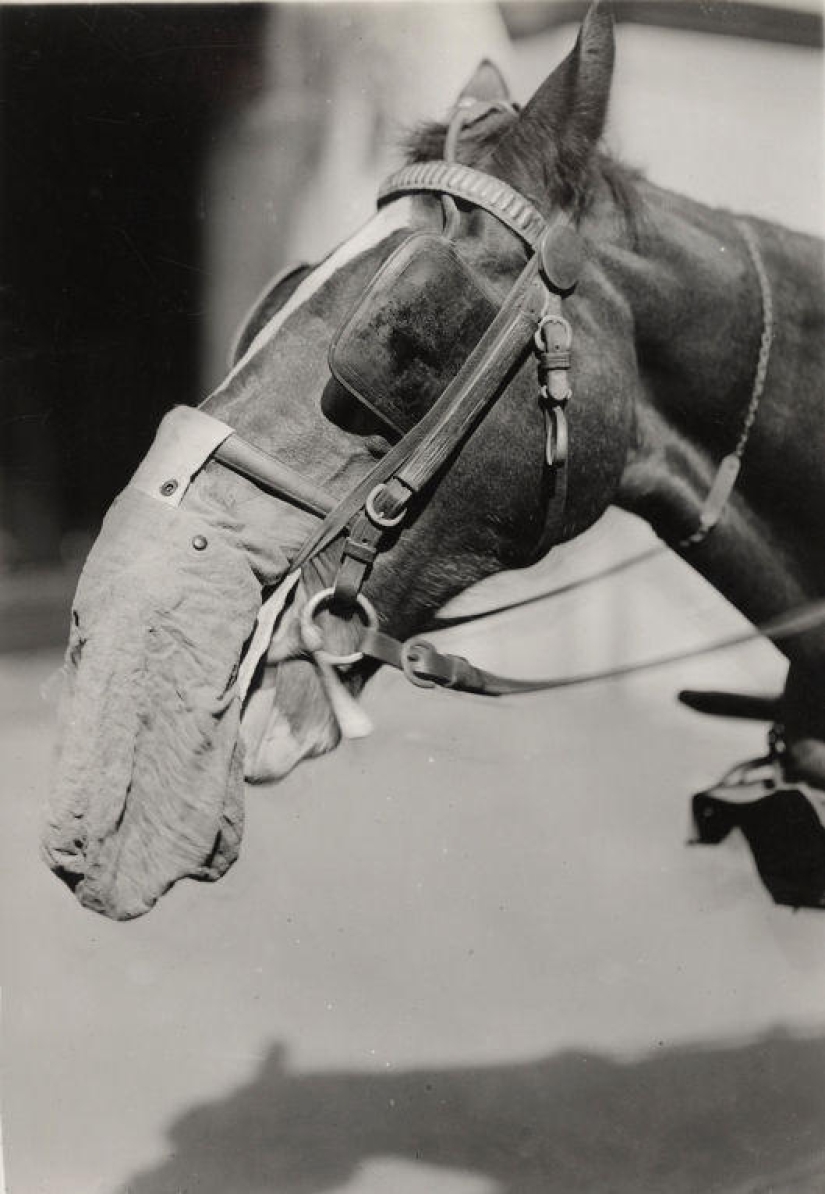
A horse in a flannelette respirator at the Laboratory of Chemical and Technological Research in Philadelphia, 1919.
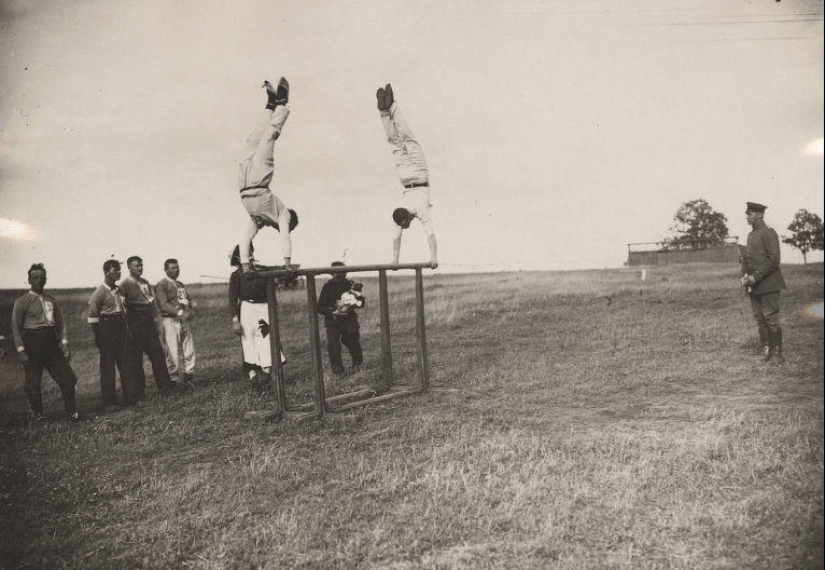
Officers of the Imperial German Air Force conduct athletic competitions at a squadron meeting near the Western Front, 1917.
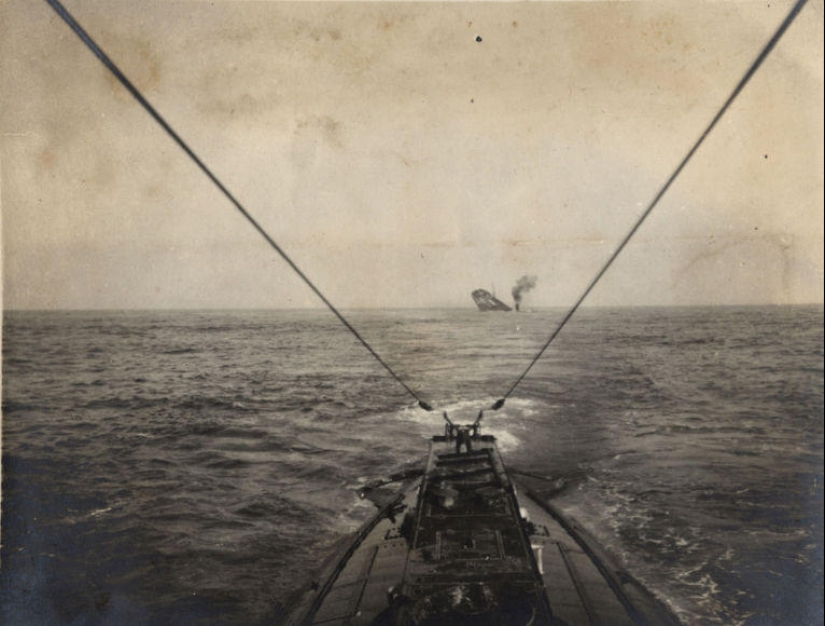
A German submarine sinks an Allied merchant ship in the Atlantic Ocean, 1915.
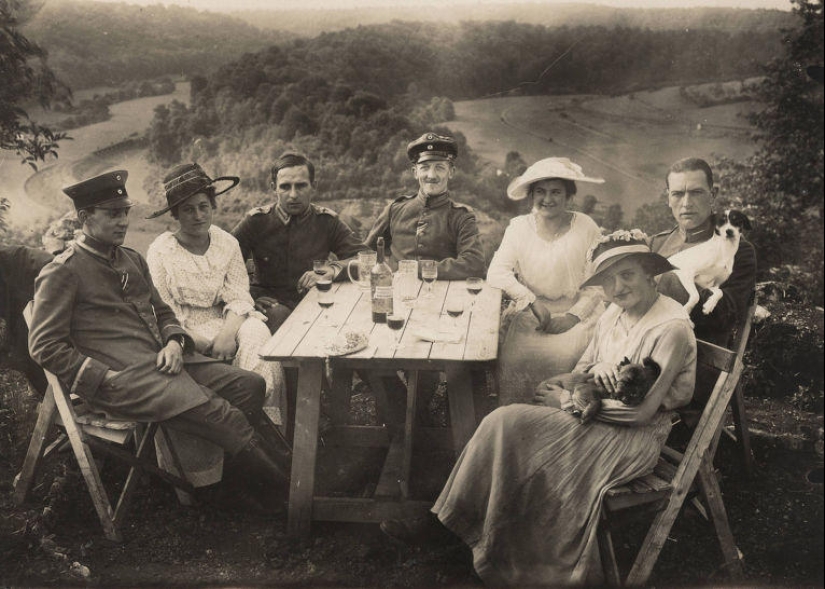
German Air Force officers on a picnic with friends, 1918.

German seaplane "Friedrichshafen", which fell on a building in Germany, 1918.
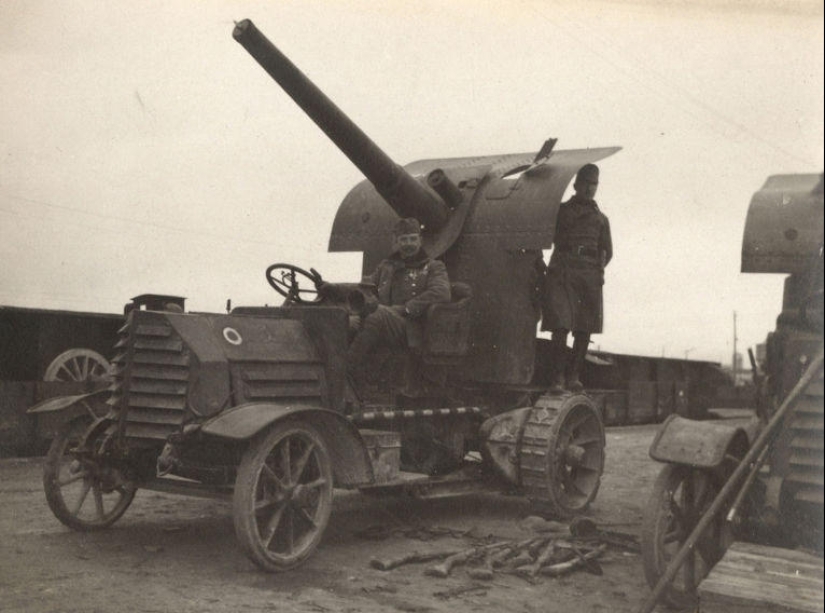
French anti-aircraft self-propelled gun, 1918.
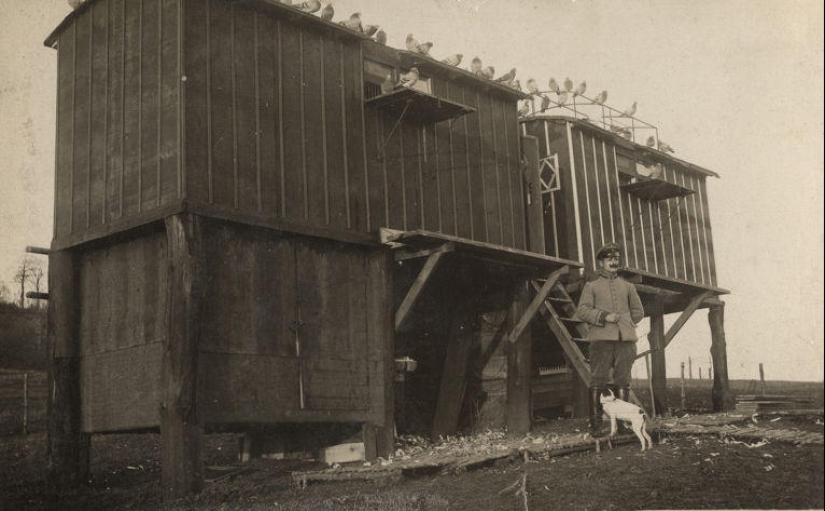
The German dovecote on the Western Front, 1916.
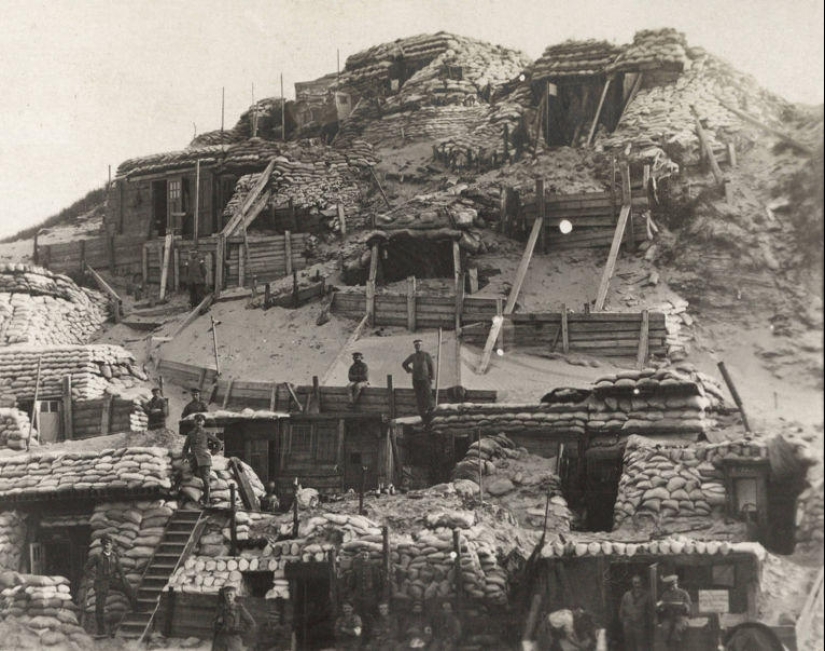
German observation post on the front line on the Iser River, Belgium, 1917.
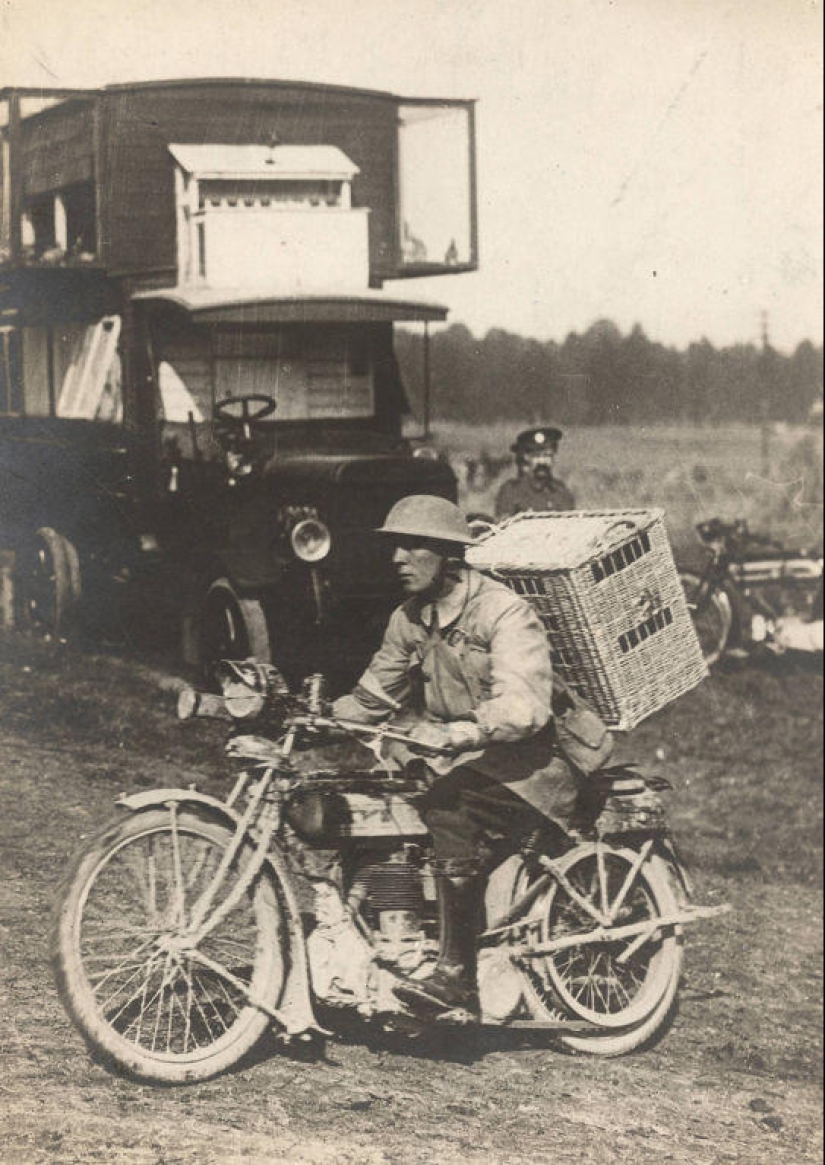
A British soldier carries pigeons to the front line, Western Front, 1916.
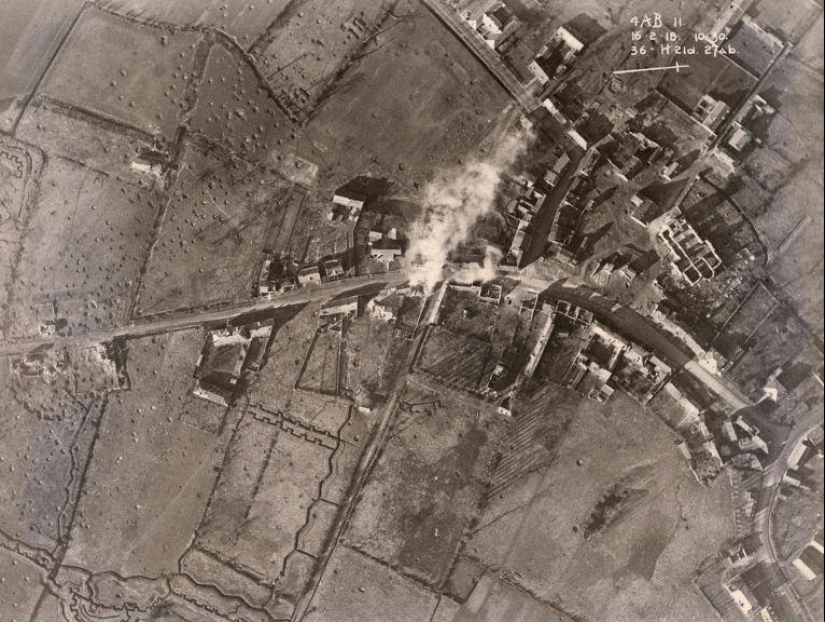
The consequences of the bombing on the Western Front. The picture was taken from a British plane, February 16, 1918.
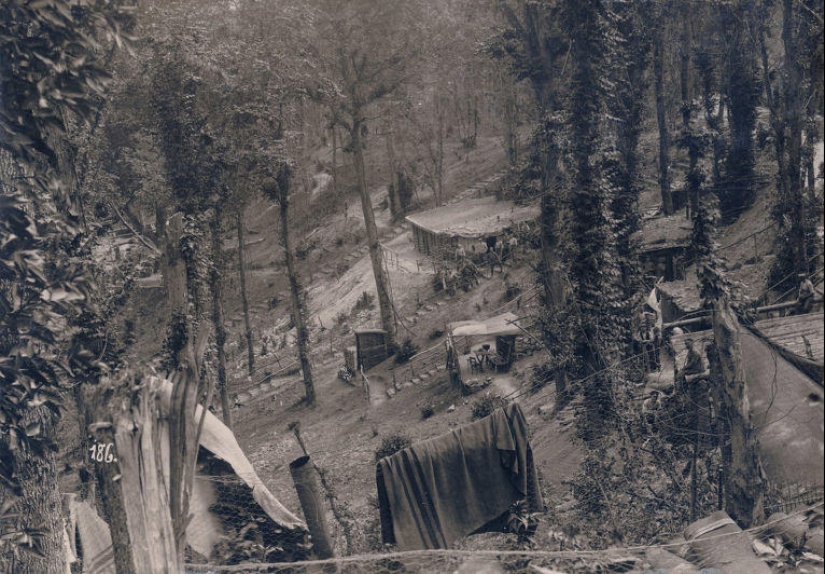
The German camp behind the front line, 1916.
Keywords: War | History | Soldiers | World war I | Pigeons | Reuters | Gas mask | XX century
Post News ArticleRecent articles

If you think that sleep disorders are a problem of a modern person, then you are deeply mistaken. Insomnia has tormented people at ...

People are attracted to everything that is aesthetic and harmonious. And this is completely normal! Well, who does not like to ...
Related articles

History has known many cases when dwarfs were close to persons of royal blood. But there is only one known case in which a dwarf ...

Indeed, everyone is used to a certain set of gardeners: potatoes, tomatoes, strawberries, onions, peppers and all sorts of greens. ...

Modern people are sure that all devilry begins exactly at midnight and this time is considered the most mystical and dangerous. But ...

St. Petersburg artist Boris Groh (Groh Boris) paints a grim and mysterious creatures in the dark Russian streets. And they seem to ...